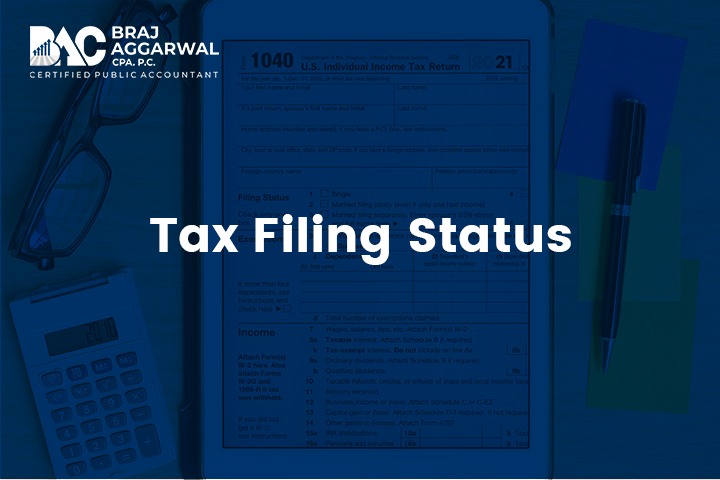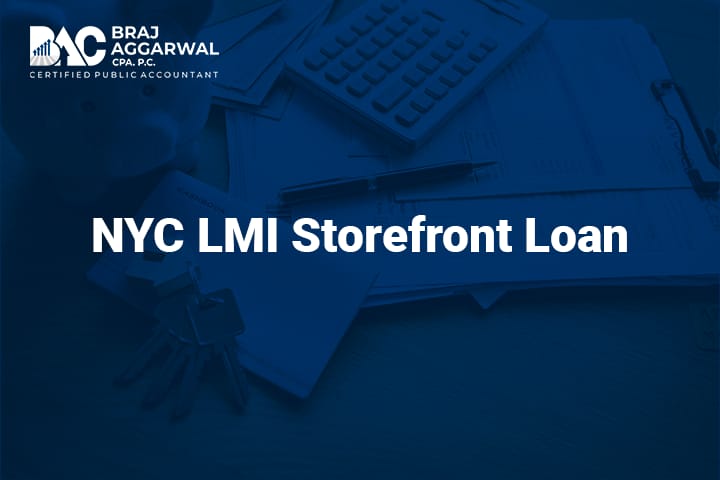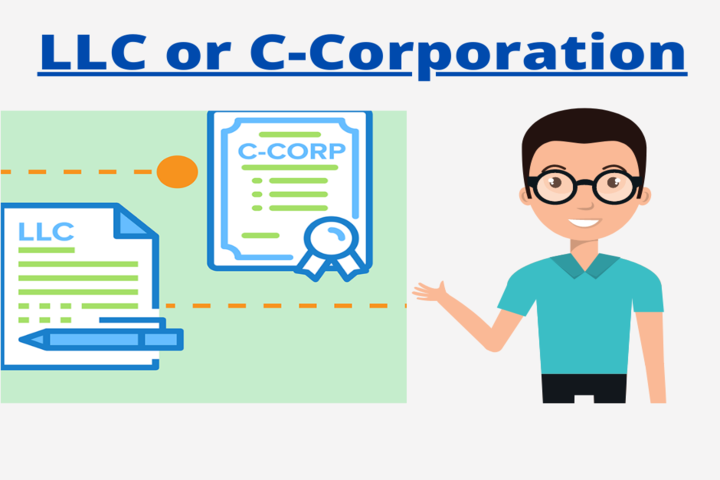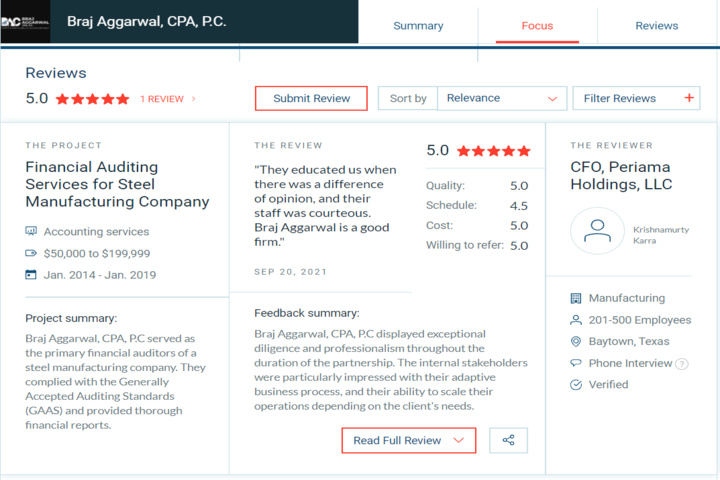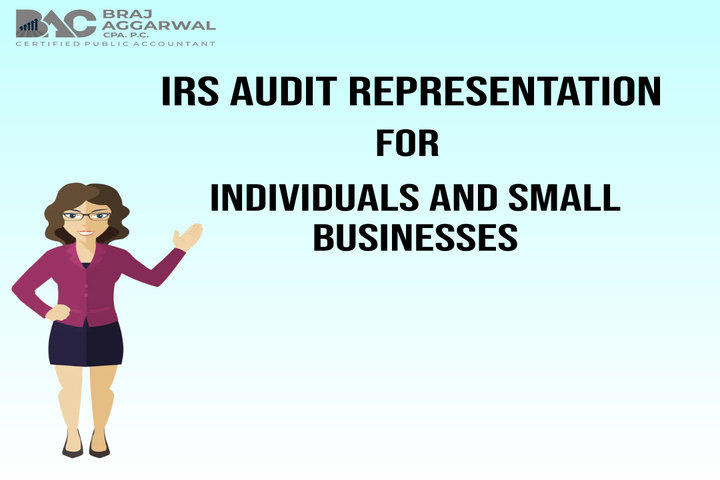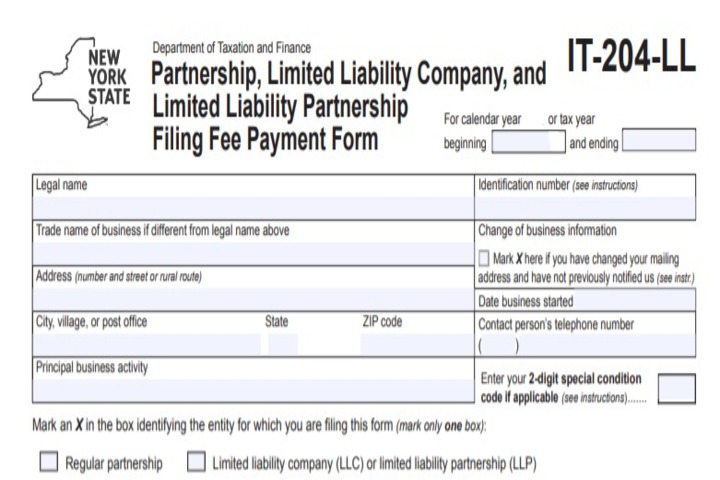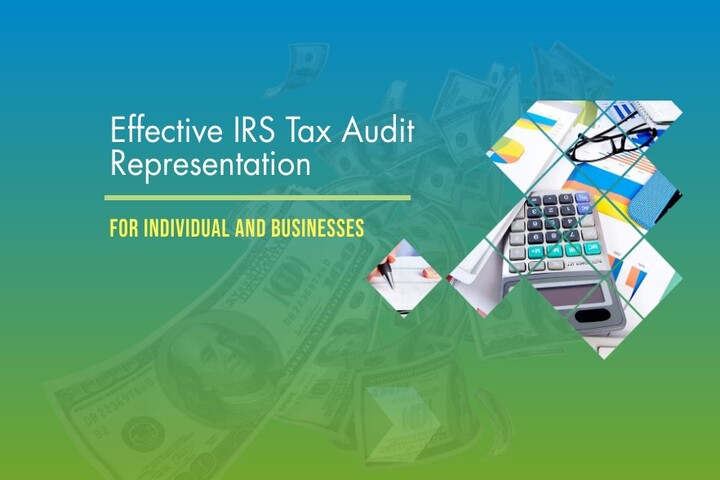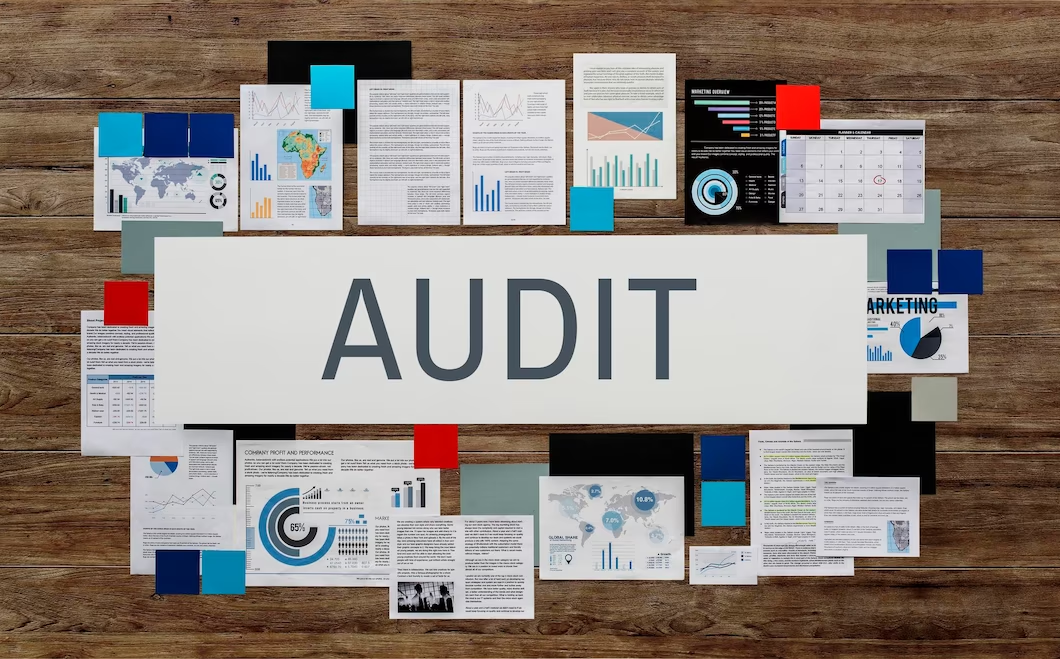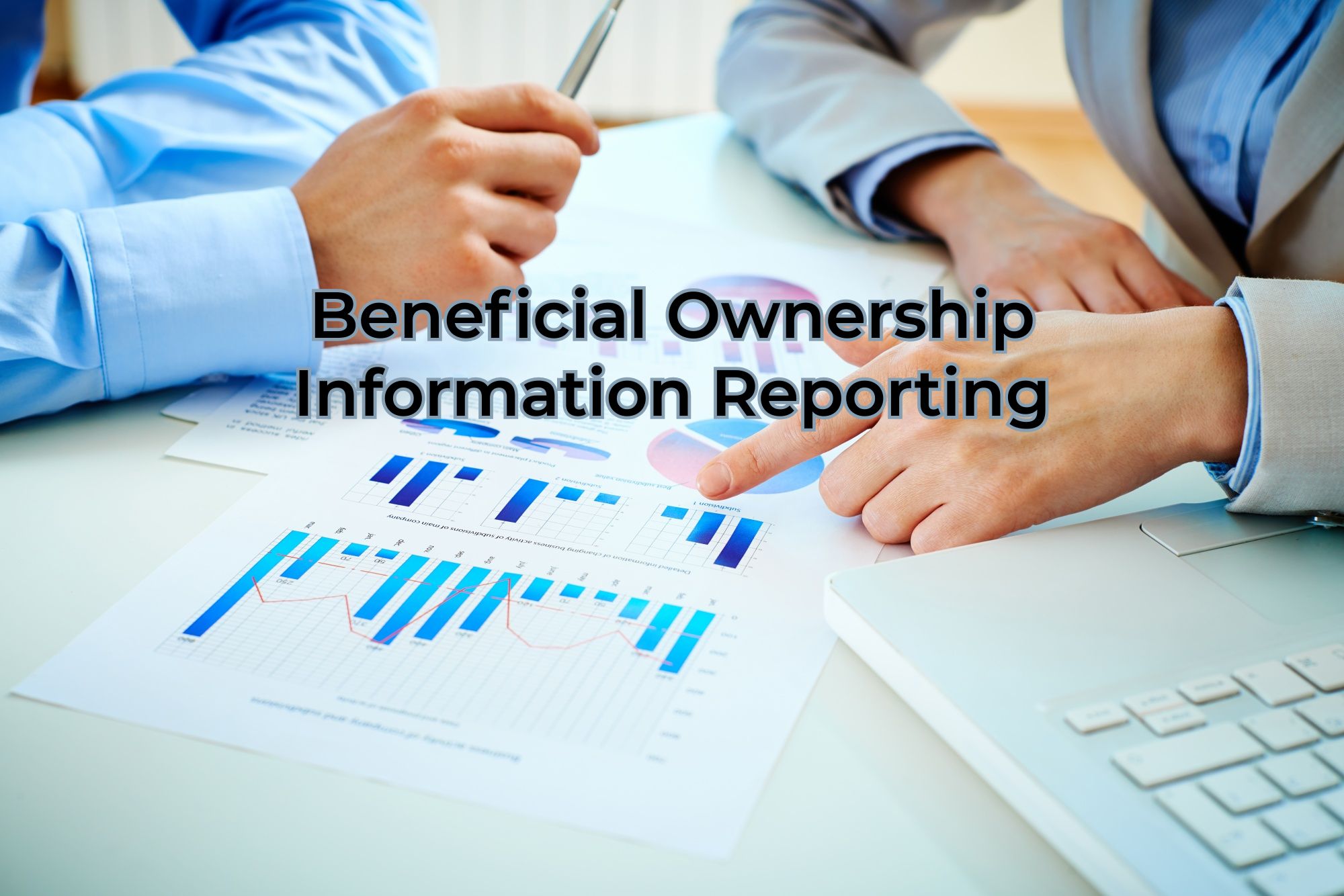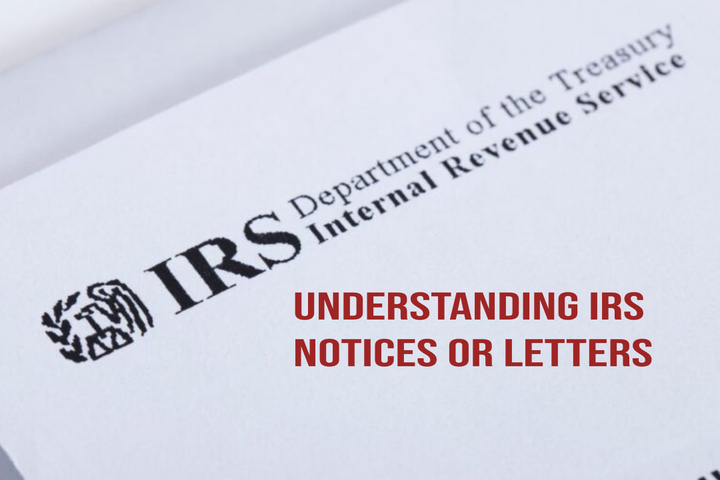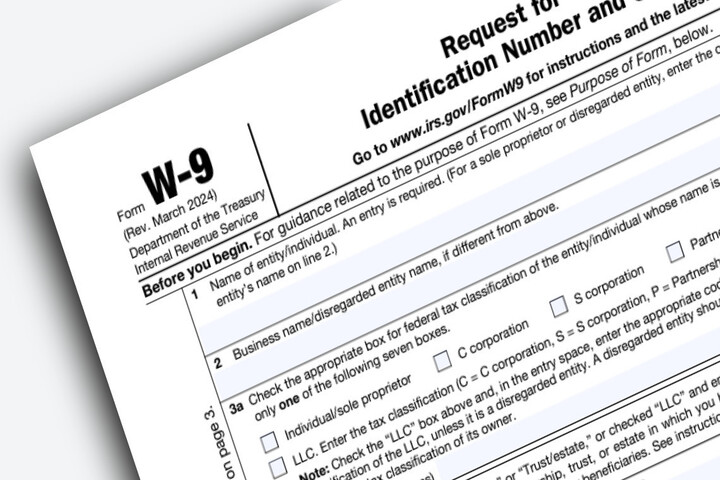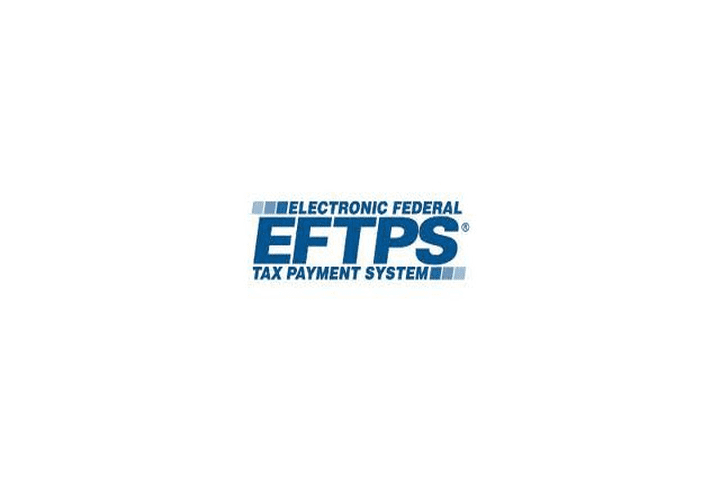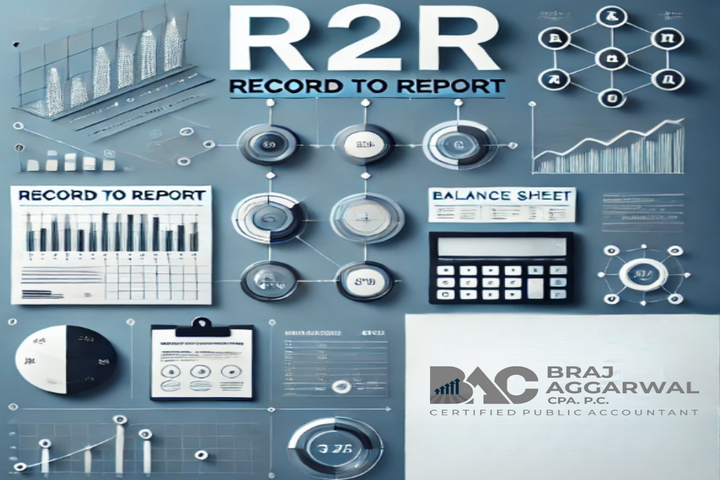Insight to major amendments in MD&A adopted by SEC

The Security Exchange Commission, as per its press release on November 19, 2020, voted to adopt amendments to Regulations S-K, that modernizes, simplifies and enhances the disclosure requirements in Item 303, Management’s Discussion and Analysis (MD&A) and certain financial disclosure requirements.
Key Highlights.
- Elimination of Item 301, “Selected Financial Data.”
- Modernize, simplify and streamline Item 302, “Supplementary Financial Information.”
- Modernize, simplify and enhance Item 303, “Management’s Discussion and Analysis of Financial Condition and Results of Operations” disclosures for investors while reducing compliance burden for registrants.
- Adopts certain parallel amendments applicable to Foreign Private Issuers.
As stated by SEC in the final rule “These amendments are intended to eliminate duplicative disclosures and modernize and enhance MD&A disclosures for the benefit of investors, while simplifying compliance efforts for registrants.”
Outline of the Final Amendments
Below table outlines the key amendments adopted as part of the Commission’s final rule with brief comparison to the prior rules.
|
Prior to Amendment |
|
Final Amended Rules |
|
|
Selected Financial Data |
|
|
|
|
Current Item 301 requires registrants to furnish selected financial data in a comparative tabular form for each of the registrant’s last five fiscal years and any additional fiscal years necessary to keep the information from being misleading. |
Registrants will no longer be required to provide 5 years of selected financial data; principal objective being to modernize and simplify disclosure requirement in light of technological developments. However, registrants should continue to consider whether such tabular disclosure as part of an introductory section or overview, including to demonstrate material trends, would be appropriate and may help a reader’s understanding of MD&A.
|
||
|
Supplementary Financial Information |
|
|
|
|
Current Item 302(a)
(1) requires disclosure of selected quarterly financial data of specified operating results, and
(3) requires a description of the effect of any discontinued operations and unusual or infrequently occurring items recognized in each quarter, as well as the aggregate effect and the nature of year-end or other adjustments that are material to the results of that quarter.
|
Final Rule Item 302(a) has been streamlined to eliminate disclosure requirement except when there are one or more retrospective changes that, individually or in the aggregate are material (along with reasons thereof and limiting the disclosure only to the affected quarters) In cases where registrants voluntarily provide fourth quarter disclosure or disclosure of selected quarterly financial information, in such instances, that information would be subject to the PCAOB AS 2710 requirements for auditors to read and consider such information for material inconsistencies with the audited financial statements. Newly reporting registrants would require to provide Item 302(a) disclosure, if applicable, beginning in their first Form 10-K filing after its IPO. |
||
|
Objective of MD&A |
|
|
|
|
Current Item 303 does not contain a separate objective for MD&A but instead provides various instructions that explain its purpose. |
Final Rule added a new Item 303(a) that states the principal objectives of MD&A that will apply throughout amended Item 303 and also streamlines the instructions. These requirements "emphasize a registrant’s future prospects and highlight the importance of materiality and trend disclosures to a thoughtful MD&A". It also incorporates current guidance that MD&A is intended to provide disclosures "from management’s perspective.” (Note 3)
It also incorporates much of the substance of Instructions 1, 2, and 3 to current Item 303(a) as part of MD&A’s objectives.
|
||
|
Full Fiscal Year |
|
|
|
|
Current Item 303(a) contains the disclosure requirements for full fiscal years and include five components: liquidity, capital resources, results of operations, off-balance sheet arrangements, and contractual obligations. |
Final Rule Item 303(b) provides the requirements for full fiscal year disclosure.
It also incorporates a portion of the current Instruction 4 into amended Item 303(b) clarifying that where there are material changes in a line item, including where material changes within a line item offset one another, disclosure of the underlying reasons (rather than only the “causes”) for these material changes in quantitative and qualitative terms is required.
|
||
|
Liquidity and Capital Resources |
|
|
|
|
Current Item 303 (a)(1) requires a registrant to discuss any known trends, demands, commitments, events or uncertainties that will result in or are likely to result in a material increasing or decreasing in the registrant's liquidity.
|
Final Rule Item 303 (b) (1) provides the overarching requirements for liquidity and capital resources disclosures, and reflects an enhanced principles-based requirement focused on material short-term (upto 12 months) and long-term (beyond 12 months) cash requirements, including those from known contractual and other obligations. Material cash commitments are intended to encompass but not limited to capital expenditures as well as certain expenditure and cash commitments towards human capital or intellectual property, contractual obligations, off-balance sheet arrangements and other requirements. |
||
|
Results of Operations - Known trends or uncertainties |
|||
|
Current Item 303 (a)(3)(ii) required disclosure of any known trends or uncertainties that have had or that the registrant reasonably expects will have a material favorable or unfavorable impact on net sales or revenues ......... |
Final Rule Item 303 (b)(2)(ii) provide that when a registrant knows of events that are reasonably likely to cause (as opposed to will cause) a material change in the relationship between costs and revenues, such as known or reasonably likely future increases in costs of labor or materials or price increases or inventory adjustments, the reasonably likely change must be disclosed.
Registrant must clarify item requirement by using a disclosure threshold of “reasonably likely,”. Management must make an assessment consistent with the two-step test the Commission articulated for disclosure of forward-looking information.
|
||
|
Results of Operations - Net Sales or Revenues |
|||
|
Current Item 303(a)(3)(iii) specifies that, to the extent the “financial statements” disclose “material increases” in net sales or revenues, a registrant must provide a narrative discussion of the extent to which such “increases” are attributable to increases in prices, or to increases in the volume or amount of goods or services being sold, or to the introduction of new products or services. |
Final Rule Item 303 (b) (iii) states that if the statement of comprehensive income presents material changes from period to period in net sales or revenue, if applicable, describe the extent to which such changes are attributable to changes in prices or to changes in the volume or amount of goods or services being sold or to the introduction of new products or services. Amended rules clarify that a discussion of material changes in net sales or revenue is required (rather than only material increases).
|
||
|
Results of Operations - Inflation and changing prices |
|||
|
Item 303(a)(3)(iv) and Instruction 8 & 9 to Item 303(a) generally require companies, either for the three most recent fiscal years or for those fiscal years in which the company has been engaged in business, whichever period is shorter, to discuss the impact of inflation and price changes on their net sales, revenues and income from continuing operations where material.
|
The item and instructions will be eliminated. |
||
|
Off-balance sheet arrangements |
|
|
|
|
Current Item 303(a)(4) specifies that a registrant must disclose its off-balance-sheet arrangements in a separately captioned section. |
No longer require a separately captioned section. Item is replaced with a principles-based Instruction 8 to Item 303(b). Under the new instruction, registrants will be required to discuss commitments or obligations, including contingent obligations, arising from arrangements with unconsolidated entities or persons that have, or are reasonably likely to have, a material current or future effect on such registrant’s financial condition, changes in financial condition, revenues or expenses, results of operations, liquidity, cash requirements, or capital resources even when the arrangement results in no obligation being reported in the registrant’s consolidated balance sheets.
|
||
|
Tabular Disclosure of Contractual Obligations |
|
|
|
|
Current Item 303(a)(5) specifies that registrants (other than SRCs) must disclose in tabular format their known contractual obligations. There is no materiality threshold for this item |
Eliminate current Item 303(a)(5) and no longer require a contractual obligations table in MD&A. Item is replaced with an amendment in Item 303(b) to specifically require disclosure of material cash requirements from known contractual and other obligations as part of a liquidity and capital resources discussion.
|
||
|
Interim Periods |
|
|
|
|
Current Item 303(b) requires registrants to provide MD&A disclosure for interim periods for their financial condition and results of operations between certain specified periods. |
Current Item 303(b) has been renamed under Final Rule as Item 303(c). This allows for flexibility in comparison of interim periods to help registrants provide a more tailored and meaningful analysis relevant to their business cycles.
|
||
|
Critical Accounting Estimates |
|||
|
In its 2003 MD&A Interpretive Release, SEC outlines the guidelines / circumstances in which registrants must disclose Critical Accounting Estimates or assumptions. |
Final Rule added a new Item 303(b)(3), Critical accounting estimates which defines Critical Accounting Estimate and clarifies the required disclosures to facilitate compliance. For each Critical Accounting Estimate, the proposal would require registrants to disclose, to the extent material, (1) why the estimate is subject to uncertainty, (2) how much each estimate has changed during the relevant period (to the extent the information is material and reasonably available), and (3) the sensitivity of the reported amounts to the methods, assumptions, and estimates underlying the estimate’s calculation. The discussion should provide quantitative as well as qualitative information when quantitative information is reasonably available and will provide material information to investors.
|
||
|
Safe Harbor for Forward-Looking Information |
|||
|
Current Item 303(c) “statutory safe harbors” apply to all forward-looking information provided in response to current Item 303(a)(4) (off-balance sheet arrangements) and current Item 303(a)(5) (tabular disclosure of contractual obligations), subject to certain conditions. |
Eliminates current Item 303(c), current Item 303(a)(4) and current Item 303(a)(5). The Commission explicitly confirmed that eliminating current Item 303(c) does not alter the application or availability of the statutory safe harbors or the regulatory safe harbors (provided in Section 27A of the Securities Act and Section 21E of the Exchange Act [together termed as “statutory safe harbors”]) for all of amended Item 303, including the new requirement to disclose critical accounting estimates.
|
||
|
Smaller Reporting Companies (SRCs) |
|
|
|
|
Current Item 303(d) states that an SRC may provide current Item 303(a)(3)(iv) information for the most recent two fiscal years if it provides financial information on net sales and revenues and income from continuing operations for only two years. Item 303(d) also states that an SRC is not required to provide the contractual obligations table specified in Item 303(a)(5). |
Because the Commission proposed to eliminate current Items 303(a)(3)(iv) and (a)(5), it also proposed eliminating current Item 303(d).
Notwithstanding the above elimination, new Item 303(b) specifically requires disclosure of material cash requirements from known contractual and other obligations as part of a liquidity and capital resources discussion.
|
||
|
Application to Foreign Private Issuers |
|
|
|
|
The Commission stated that the Final Rules are amended to adopt corresponding amendments that will apply to FPIs providing disclosure required by Form 20-F or Form 40-F largely as proposed. Adopting amendments to current Instruction 11 to Item 303 as proposed, which specifically applies to FPIs that choose to file on domestic forms. |
|||
Notes:
1. The information in this table is not comprehensive and is intended only to highlight the general structure of the current rules and final amendments.
2. Oil and gas producing activities — The SEC proposed to eliminate Item 302(b), disclosure of oil and gas producing activities, subject to the FASB’s issuance of related amendments to U.S. GAAP that would require incremental disclosure called for by Item 302(b). The FASB has not finalized the amendments, so Item 302(b) has been retained and may be reconsidered in the future.
3. See 2003 MD&A Interpretative Release, at 75056. See also 1989 Interpretative Release, at 22428.
Compliance Date:
Effective Date: February 10, 2021
Mandatory Compliance Date: Registrants will be required to apply the amended rules for their first fiscal year ending on or after August 9, 2021.
Registrants will be required to apply the amended rules in a registration statement and prospectus that on its initial filing date is required to contain financial statements for a period on or after the mandatory compliance date.
Registrant may provide disclosure consistent with the final amendments any time after the effective date, so long as they provide disclosure responsive to an amended item in its entirety. For example, it is acceptable for a registrant to early adopt the amendments to Item 301, and thereby no longer provide selected financial data, but adopt the amendments to other Items on the basis of the mandatory compliance date.
Presenting a meaningful MD&A can be challenging! We at Braj Aggarwal CPA PC are rendering MD&A preparation services to management teams thereby giving them more time to concentrate on their core activities. To know more about our services, contact us.
Related Services Offered:
Preparation of MD&A from managements perspective: Contact our team and we will help you with preparation of your MD&A.
SEC Financial Disclosures: Our team will help you prepare the financial statements required in Annual and Quarterly Filings.
SPAC Registrants: Our team will help you prepare the financial statements required for initial IPO, SPAC merger and de-SPAC.
For More information about SEC Services Connect with our team by filling the form below.







